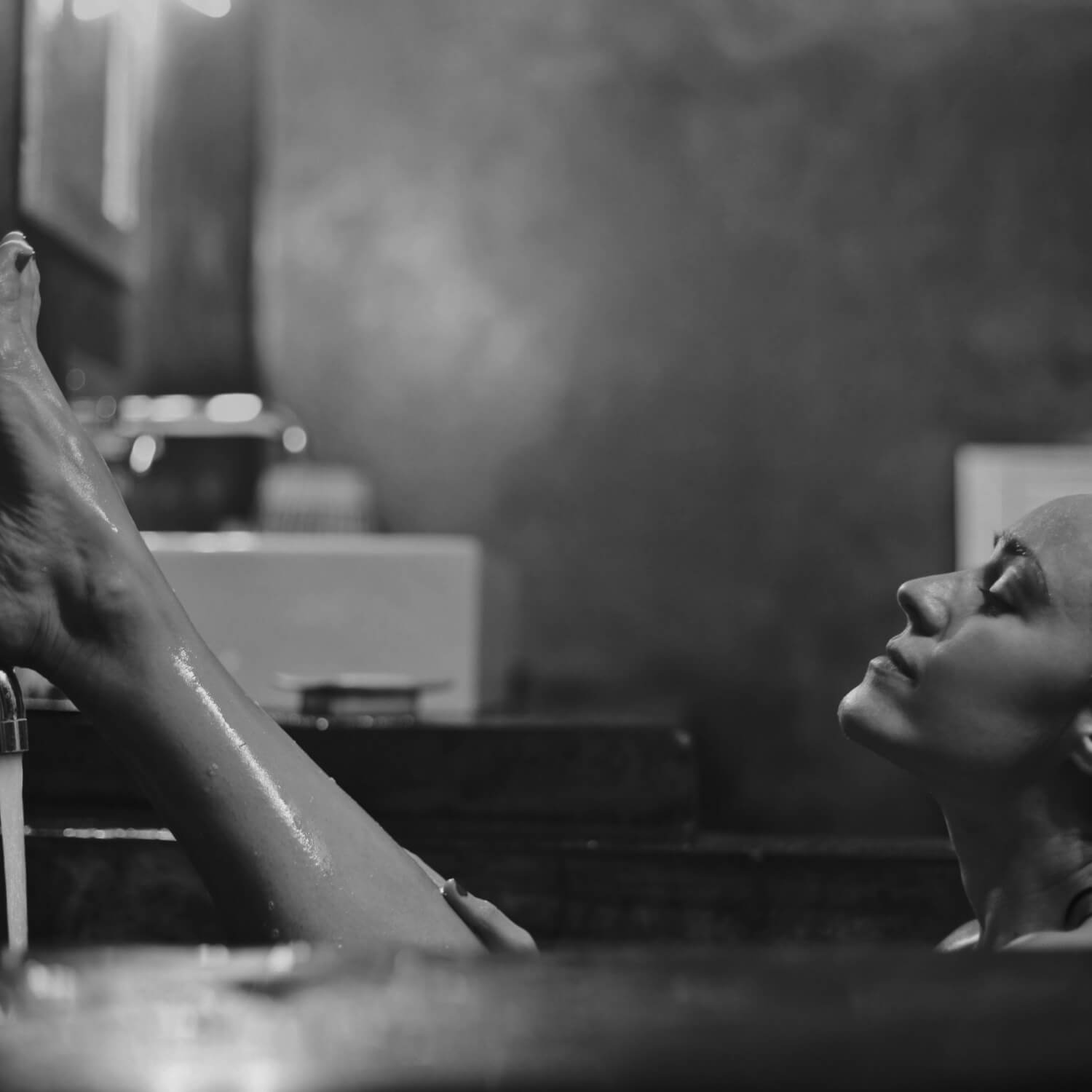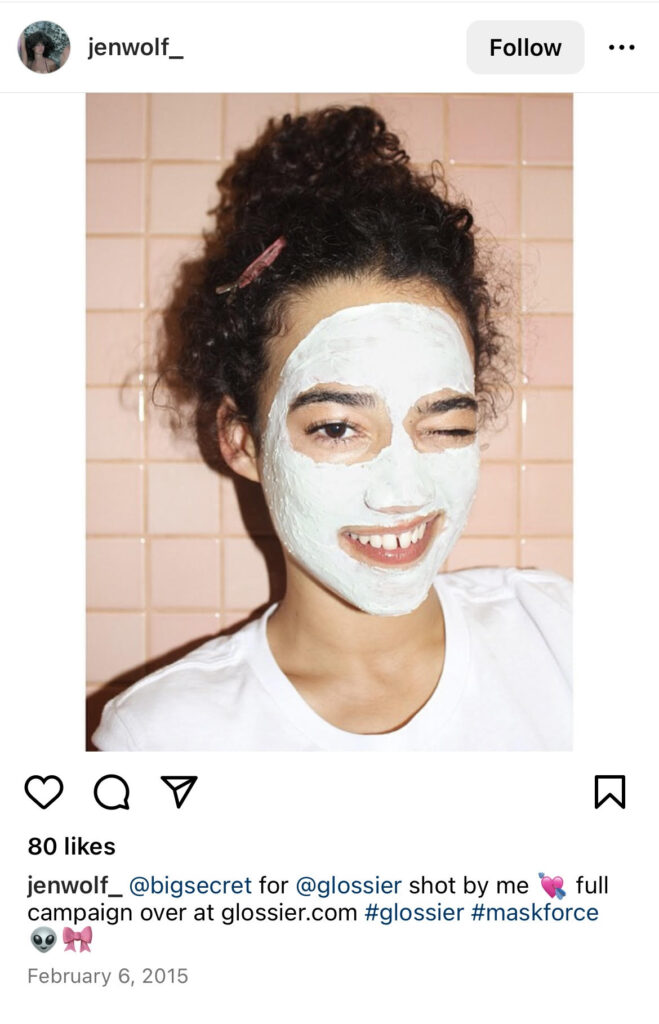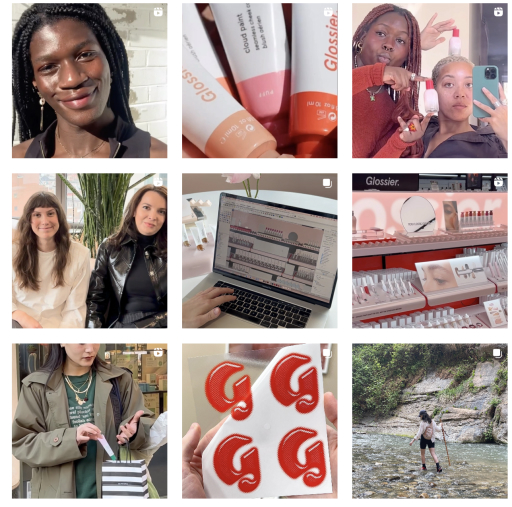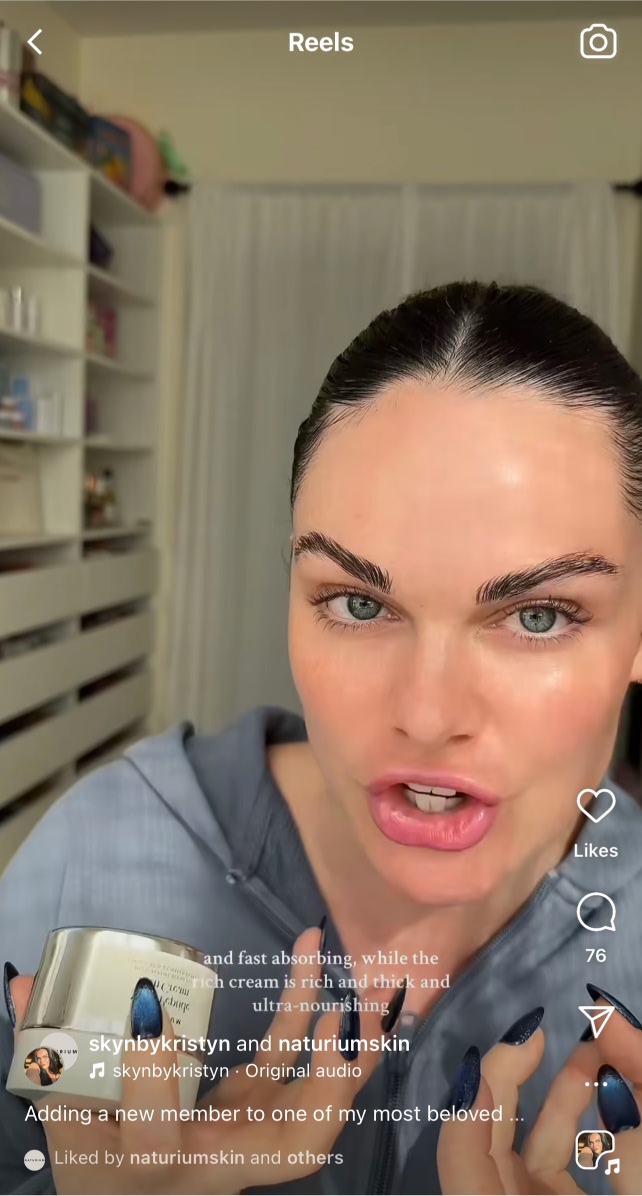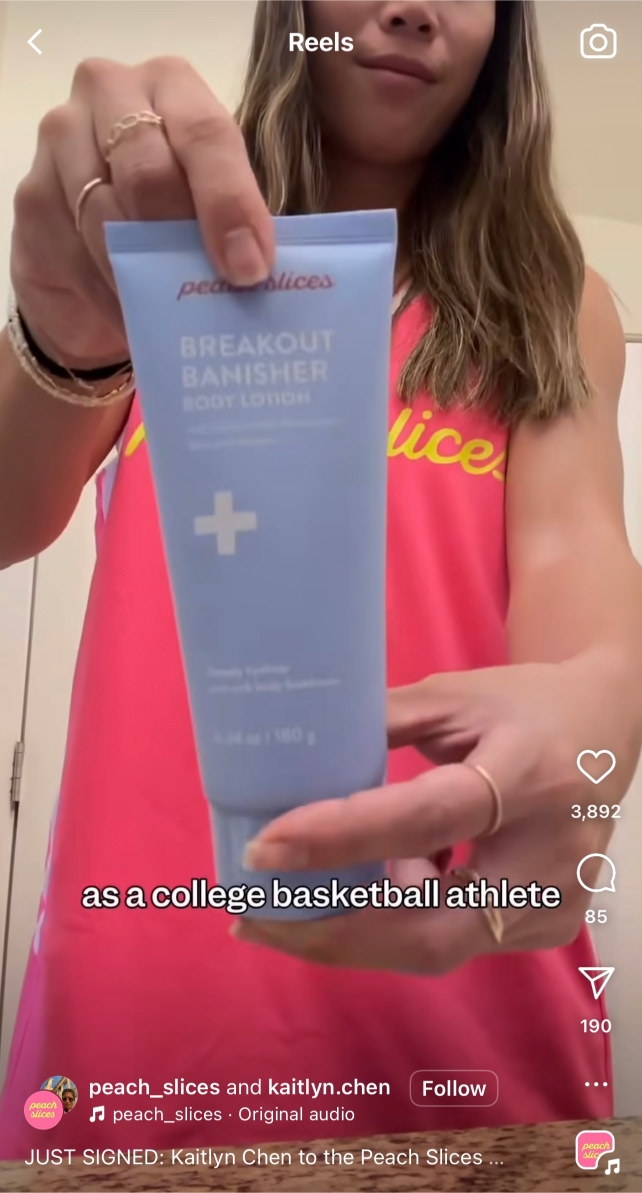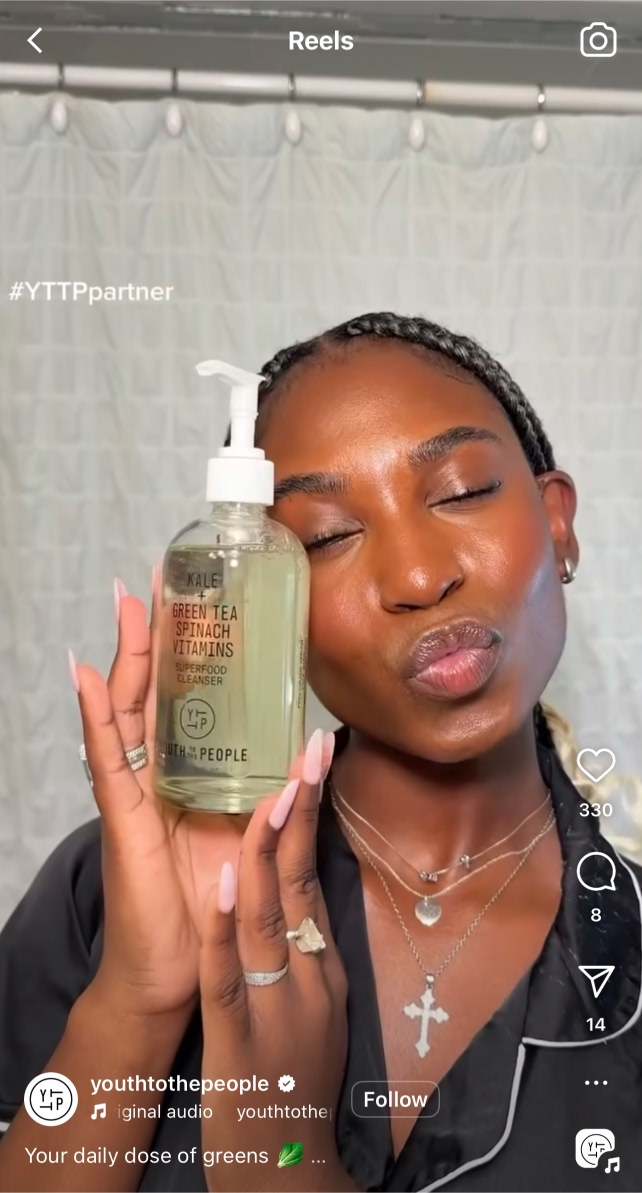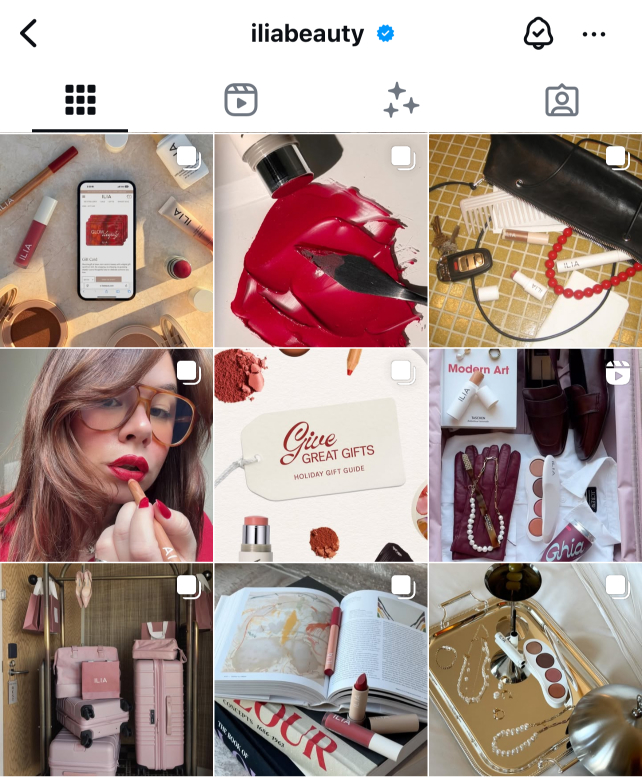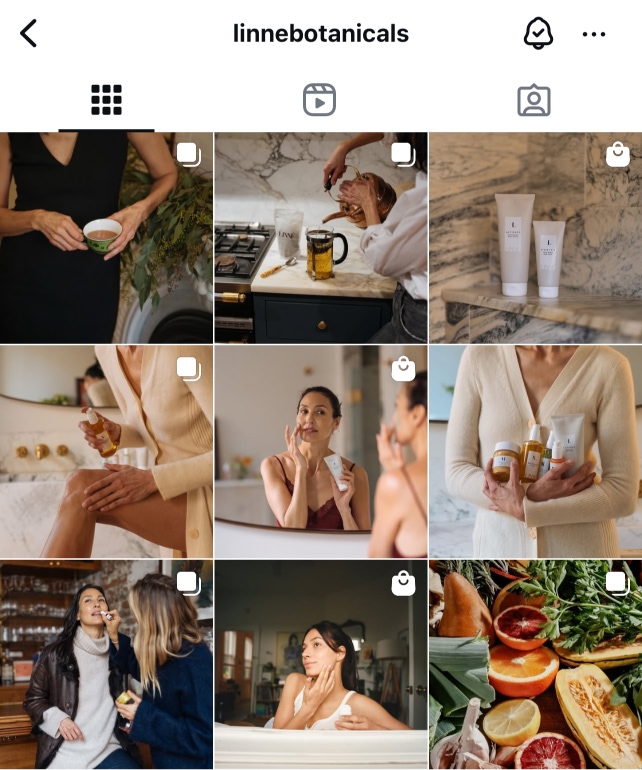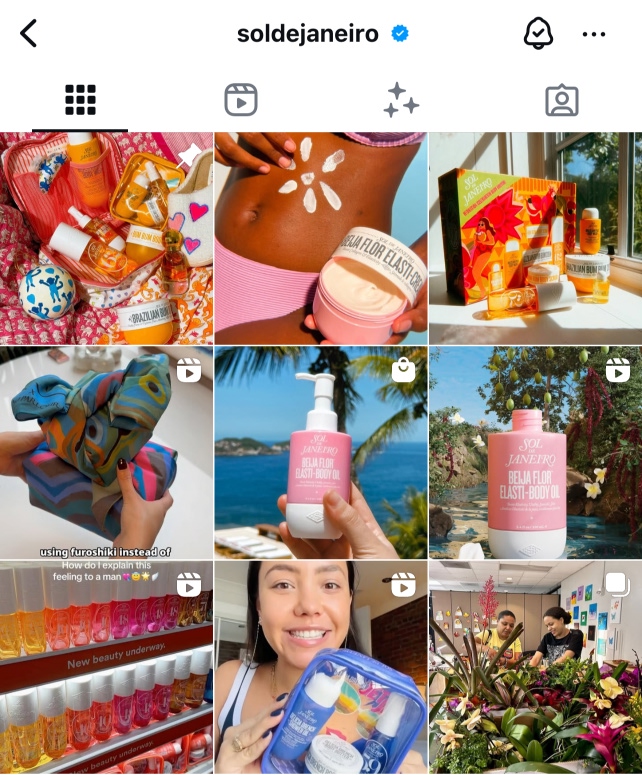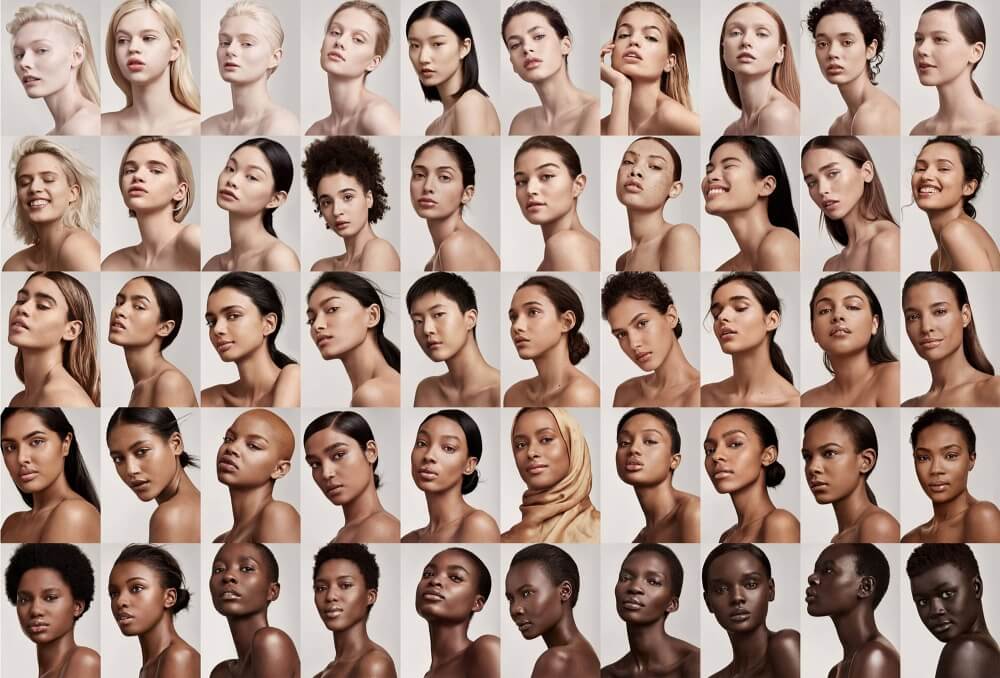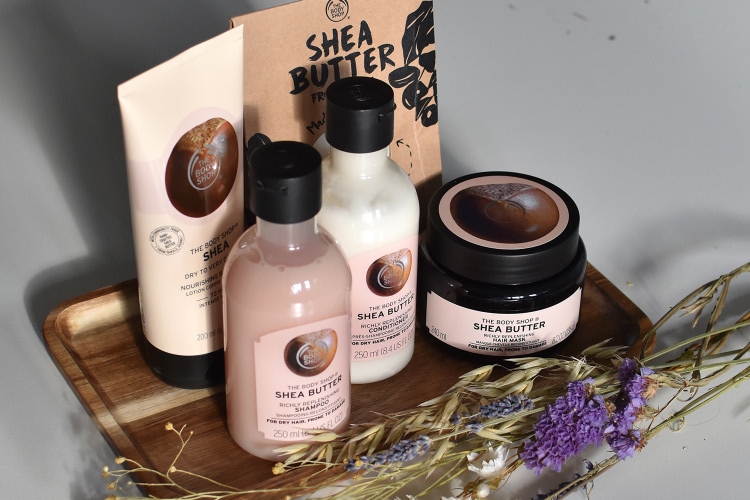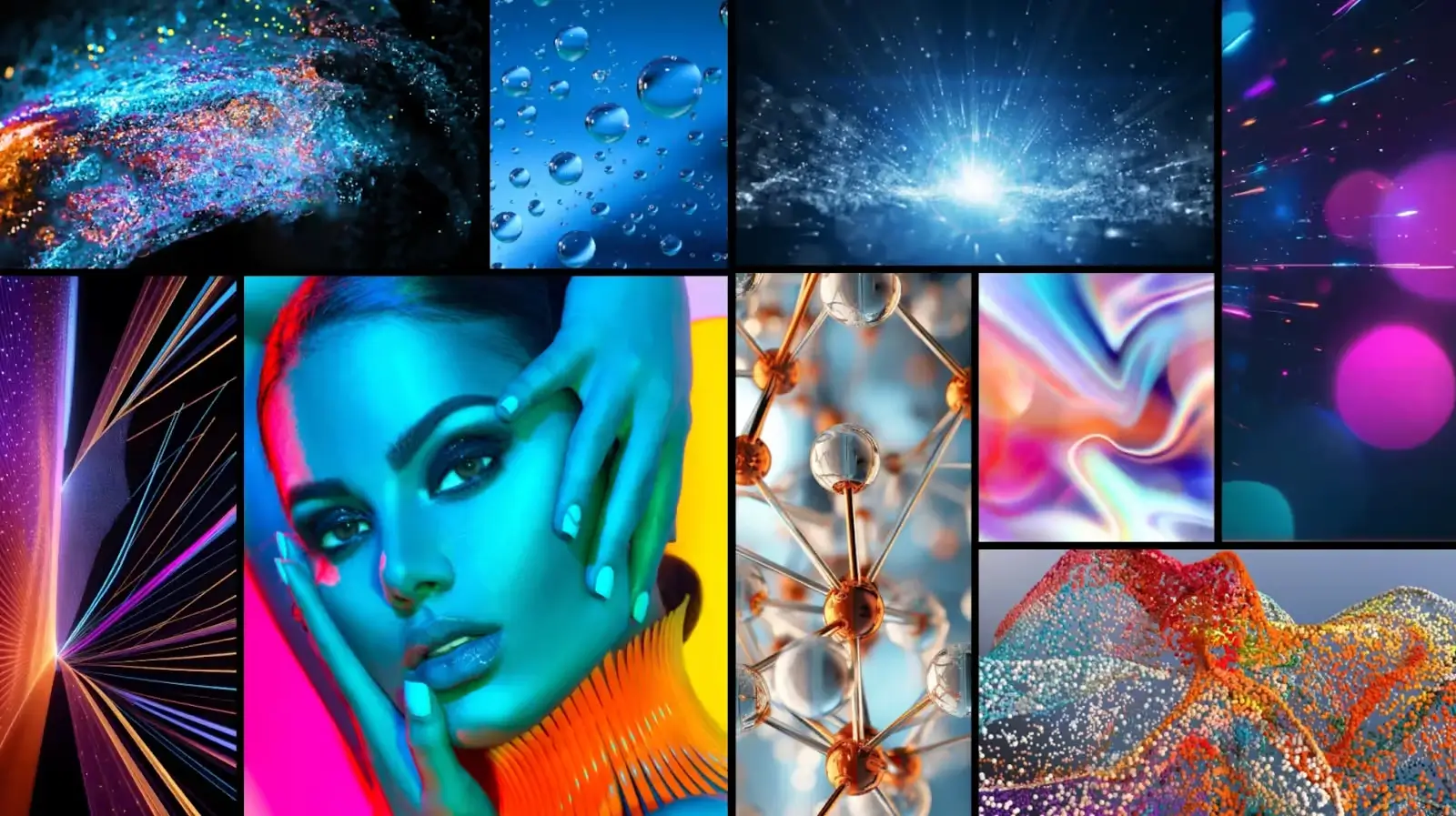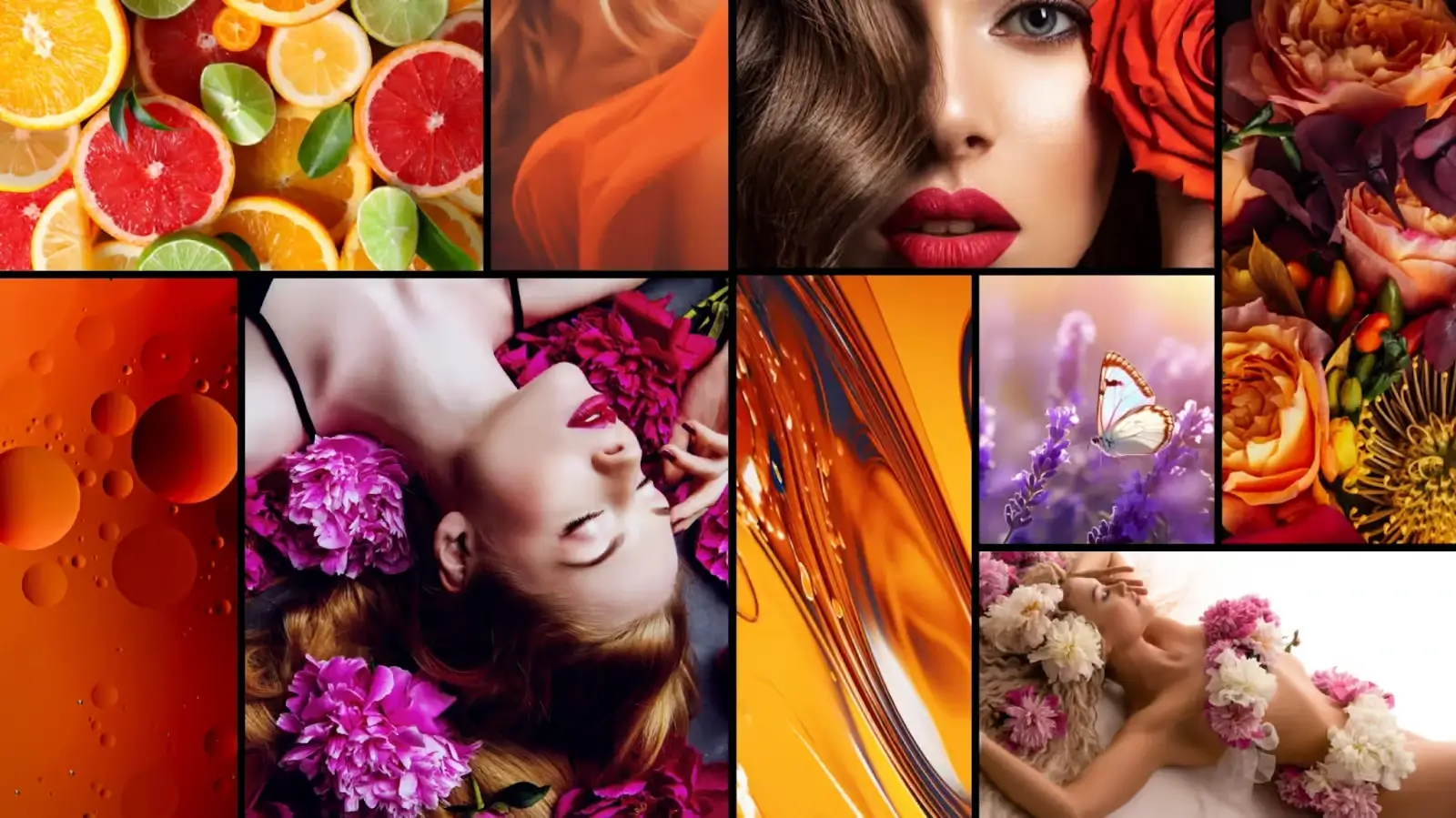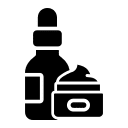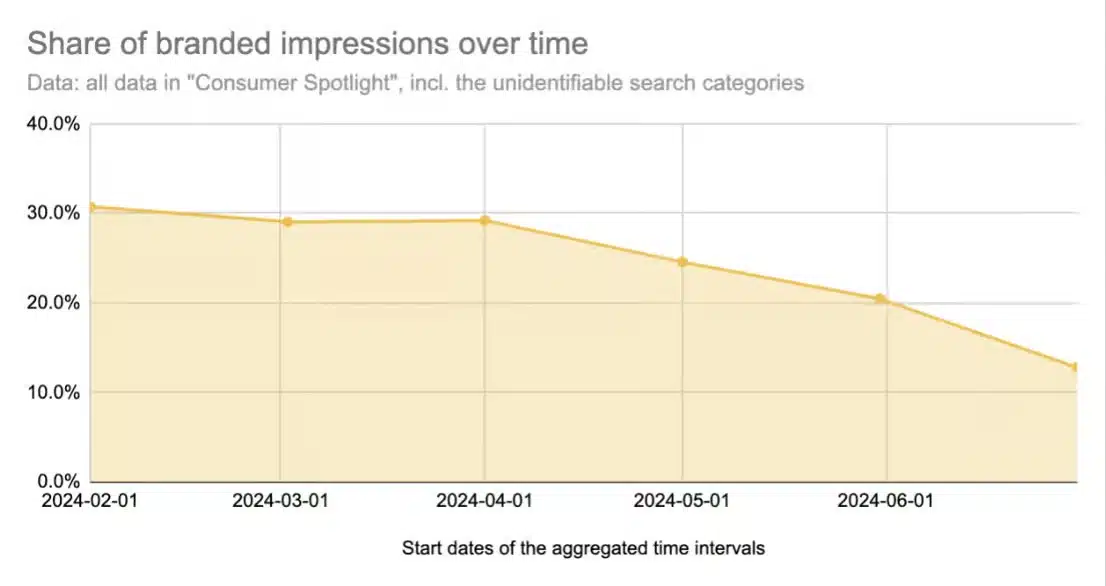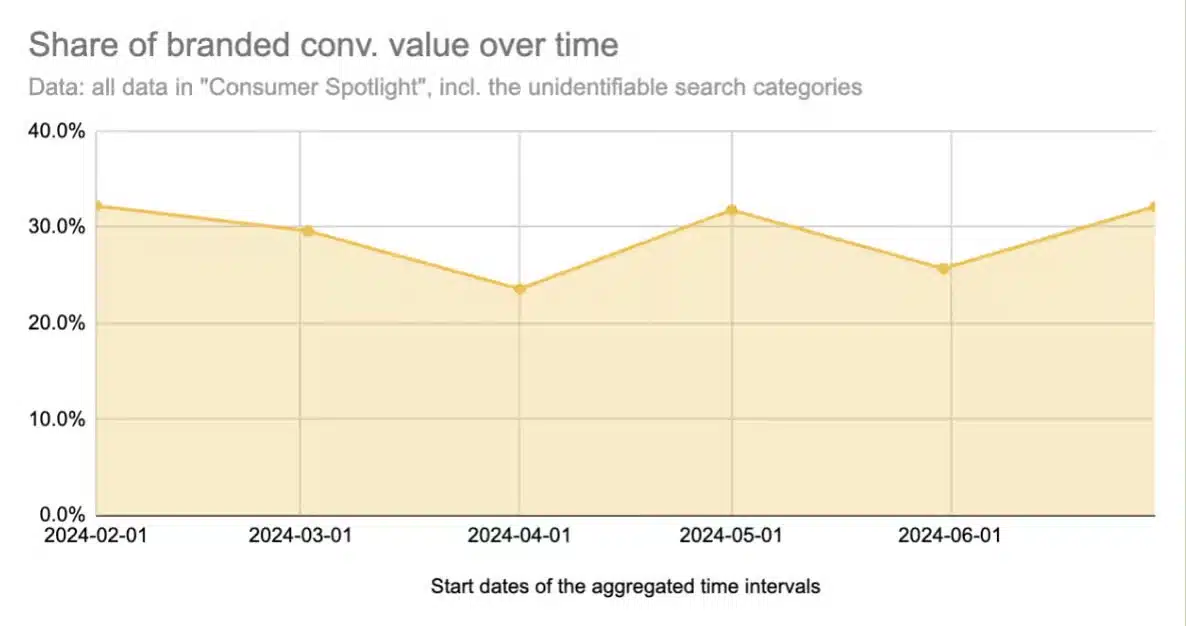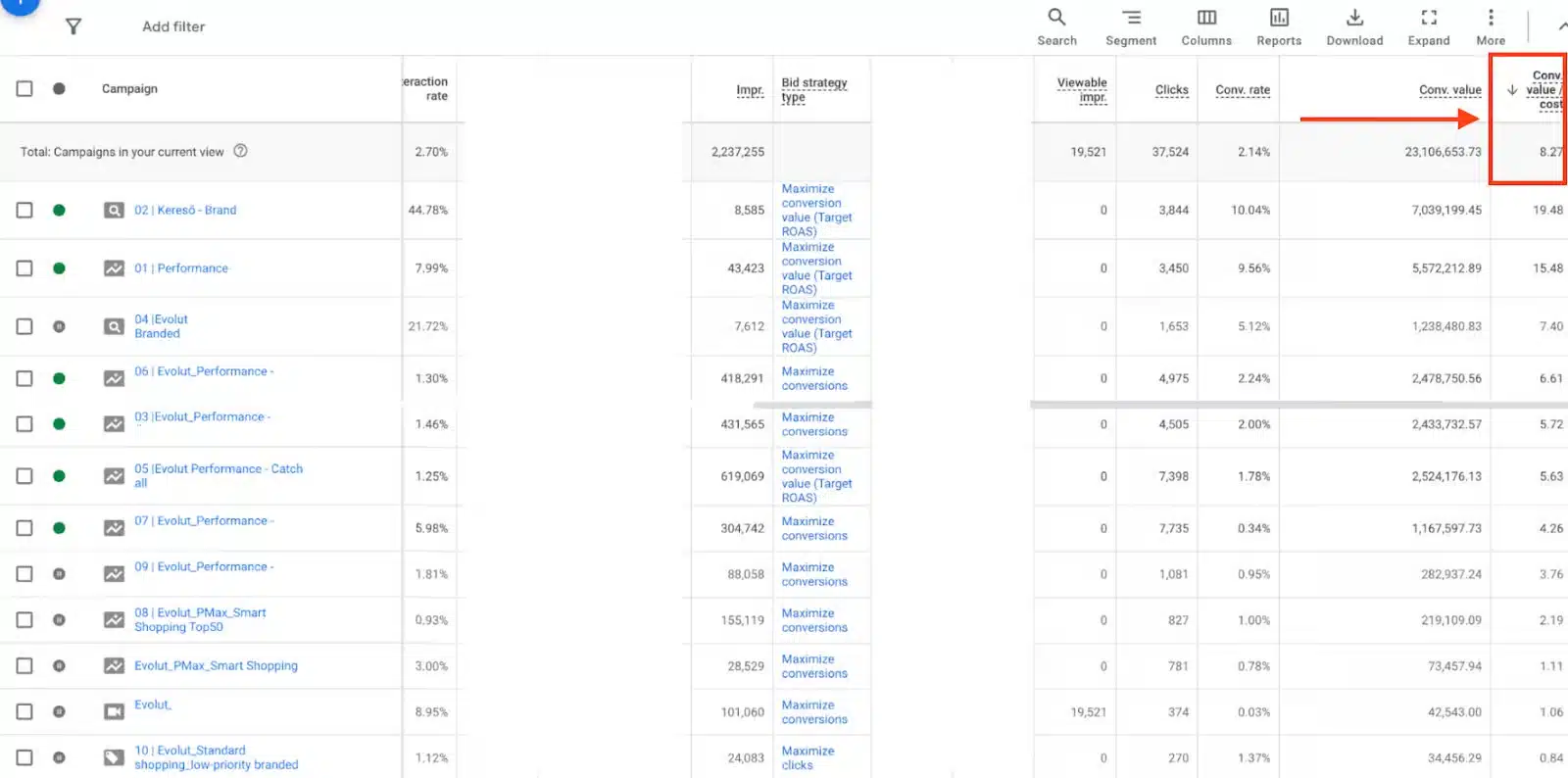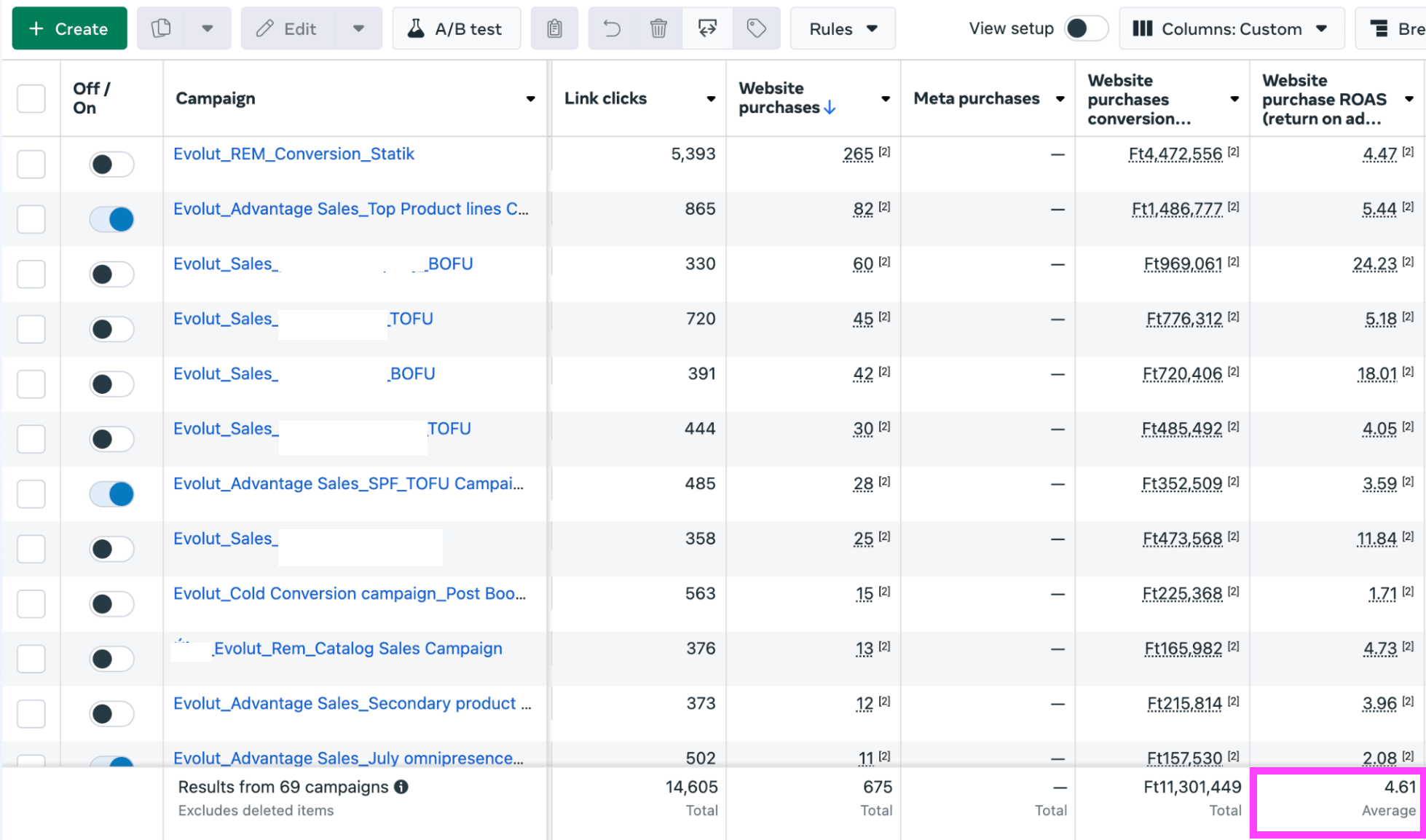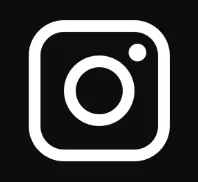In 2025, the rules of beauty branding are shifting, with consumers demanding authenticity, more diversity in content, and emotional boost from beauty brands.
This article also includes a case study exploring how Evolut applied these principles to transform the growth trajectory of a Central European skincare brand with decades of history.
Using innovative strategies such as our proprietary Omnipresence Strategy, creative PPC maneuvers, and data-driven branding efforts, Evolut achieved solid results including doubling the online revenue. But the journey wasn’t without challenges—from repositioning the brand to appealing to a new audience.
First, let’s look at the basic aspects of beauty branding that differ from other industries.
Top 7 Unique Aspects of Beauty Branding
Beauty branding is unlike any other industry because it goes beyond just selling products – it’s about creating emotional connections, sparking the senses, and inspiring customers with a vision of the lifestyle they want to lead. These elements make beauty branding a unique and powerful tool for building loyalty and standing out in a competitive market. Here are 7 ways beauty branding sets itself apart:
Community-Driven Marketing
Successful beauty brands build communities around their products, fostering trust and loyalty through user-generated content (UGC) and interactive campaigns that engage their followers. These strategies enhance micro-engagements with the brand’s content – ranging from tagging a friend in the comments to downloading a beauty routine guide for more personal data. Glossier and Revolution Beauty are great examples, as they follow the rulebook of beauty branding perfectly.
Glossier encourages customers to share selfies and personal stories using their products. This authentic content is frequently featured on Glossier’s social media platforms, boosting trust among users.
(Glossier Instagram posts)
Influencer Integration
Beauty brands often turn to influencers to connect with their audiences, and they do it in a way that feels personal and authentic. While big-name influencers can help a brand reach a broad audience, micro-influencers (with smaller, more dedicated followings) are often the better choice for beauty brands looking to build trust and drive meaningful engagement.
Why Micro-Influencers Are a Better Choice
Higher Engagement Rates: Micro-influencers typically have more engaged audiences. Their followers see them as relatable and trustworthy, which leads to better interactions with the content. For example, a beauty influencer with 10,000 followers showing a skincare routine often sparks more genuine conversations and recommendations than a celebrity post.
Cost-Effectiveness: Partnering with micro-influencers is often far more affordable than working with high-tier influencers or celebrities. This allows smaller brands or those with tight budgets to collaborate with several influencers and reach a wider variety of niche audiences.
Authenticity: Micro-influencers are known for their close relationships with followers. Their product reviews feel more genuine because their audiences see them as “real people” rather than paid marketers.
Niche Targeting: Micro-influencers often focus on specific communities, such as vegan beauty enthusiasts or skincare for sensitive skin. This targeted approach ensures that the content reaches the right audience, rather than getting lost in a mass-market message.
Naturium skin collab post with micro-influencer @skynbykristyn
Peach Slices post with micro-influencer & basketball player @kaitlyn.chen
Youth to the People post with micro-influencer @beyoncejanvier
Emphasis on Visual Storytelling
A strong visual identity – clean, consistent, and aspirational – is critical for beauty brands. They use high-quality imagery to evoke luxury, professionalism, or playfulness, depending on their target market.
Content Personalization
Beauty branding often tailors content to address diverse demographics, creating targeted campaigns for different skin types, tones, and beauty concerns.
Fenty Beauty, launched by Rihanna in 2017, revolutionized the beauty industry with its inclusive approach, offering 40 foundation shades to match a wide variety of skin tones. This commitment to inclusivity has set a new standard in the industry.
Interactive Product Demonstrations
Platforms like TikTok and Instagram have become essential for advanced product demonstrations, offering brands the tools to engage audiences in meaningful and impactful ways.
High-quality, educational tutorials not only show how products work but also establish trust and credibility, as seen with brands like Versed Skincare, which explains the science behind its offerings in simple terms. Before-and-after content is another powerful method, providing clear, visual proof of a product’s effectiveness, a strategy effectively used by e.l.f. Cosmetics to build consumer confidence.
To get the best results, match your content to the strengths of each platform. On TikTok, use short, snappy videos that grab attention quickly—think quick tutorials, transformations, or fun trends. On Instagram, focus on polished visuals, like high-quality product shots or detailed step-by-step guides, which give more depth and a premium feel.
Sensory Branding
Sensory branding in the beauty industry engages multiple senses to create memorable and emotionally resonant consumer experiences. By appealing to sight, touch, smell, and even sound, brands can differentiate themselves and build deeper connections with their audience.
Top techniques:
- Scent Branding – Skincare brands can create a unique fragrance that customers associate with their products. For instance, The Body Shop’s Shea Butter line uses a rich, comforting scent that customers instantly recognize, creating a sense of familiarity and trust.
- Tactile Appeal – Incorporating unique packaging that feels luxurious to the touch can elevate a brand. Drunk Elephant uses smooth, matte-finish bottles with bold pops of color, enhancing the sensory experience from the moment the product is picked up.
- Highlight Texture – The feel of a product plays a major role in customer satisfaction. Silky serums, whipped moisturizers, or refreshing gel-based products enhance the user experience. Laneige’s Water Sleeping Mask is known for its lightweight, hydrating texture, which leaves users feeling refreshed and pampered.
- Multisensory Engagement – Encourage customers to engage all their senses during their skincare routine. Tatcha incorporates traditional Japanese skincare rituals in its marketing, emphasizing the sound of pouring water, the scent of calming botanicals, and the smooth application of its products.
Accessibility Meets Exclusivity
Balancing luxury and affordability is a delicate yet highly effective strategy for skincare brands to appeal to a broader audience while maintaining an aspirational image. Brands achieve this by focusing on premium elements in their presentation – such as elegant packaging, high-quality ingredients, and storytelling that emphasizes exclusivity – without inflating the price tag.
For instance, The Ordinary has mastered this balance by offering scientifically-backed, effective products at accessible prices while maintaining a minimalist, clinical aesthetic that feels high-end.
Beauty Branding Case Study
One of the toughest challenges in beauty branding is working with a long-established brand that carries an outdated image and several misconceptions. Revamping its reputation to boost revenue can be tricky, especially when you must stick with the existing packaging and products.
At Evolut, as a lifestyle branding agency, we faced this challenge in April 2024 when we took over brand management for a Central European skincare brand mainly used by cosmetologists. The client wanted to break into the B2C market and boost sales. Our mission was to transform the brand’s image in consumers’ minds – from a professional cosmetology brand to a fresh, appealing DTC brand.
The Dilemma
The brand’s history goes back to the 1930s, and two decades ago, the third generation of the family took over. At that time, the best strategy was to place the products in the hands of cosmetologists and build a reseller network. However, this allowed cosmetologists to market the products on their own terms, which over the years resulted in misconceptions about the brand.
The challenge in this beauty branding effort was to reshape the brand’s perception and transform it into a desirable consumer brand for the target audience.
Beauty Branding Strategy
The first step in the beauty branding process was to establish a fresh creative direction and develop a well-rounded paid media strategy. Our primary goal was to seamlessly blend the brand’s new DTC focus with its established professional credibility. To achieve this, we worked on aligning the brand’s tone, visual identity, and messaging to appeal to a broader consumer audience while retaining key elements that reflected its trusted heritage in the cosmetology world.
This required a thoughtful and strategic approach to beauty branding, ensuring that we modernized the brand’s image without losing the essence of its long-standing reputation. By carefully balancing innovation with tradition, we set the stage for a successful transformation that could attract both new consumers and retain the trust of its professional base.
Creative Approach
We started by redefining the brand’s visual and tonal direction, with a focus on effective beauty branding. Understanding that it needed to resonate with both professional cosmetologists and a wider consumer base, we crafted a sleek, modern visual identity that positioned the brand as both authoritative and aspirational. The goal was to elevate the brand’s status through beauty branding that showcased its premium nature and expertise.
Key elements of the new beauty branding strategy included.
A sophisticated color palette, chosen to convey elegance and trust, which reinforced the luxurious quality of the skincare products.
Lifestyle-centric imagery, highlighting not only the products but also the aspirational lifestyle that comes with using the brand’s skincare.
AI-powered visual analysis, used to pinpoint the most impactful design elements by evaluating audience engagement, allowing us to customize visuals that deeply resonated with our target consumers.
PPC Strategy
Our next step was to develop a comprehensive paid media strategy that leveraged effective beauty branding techniques. Operating in the Central-European market required us to carefully balance local relevance with the global appeal of a modern lifestyle brand.
To strengthen the brand’s perception and increase its desirability, we strategically chose to present certain elements – particularly lifestyle and image-based content – in English. This approach enhanced the brand’s beauty branding on an international level and also positioned it as a more premium, aspirational choice for consumers worldwide.
At the same time, we understood the need to communicate product-specific values effectively. For content that focused on products, such as demonstrations, testimonials, and educational materials aligned with our Omnipresence Strategy, we localized the messaging to ensure that the core value proposition and product benefits resonated clearly with the local audience, strengthening the brand’s impact in its home market.
The Omnipresence Method
The Omnipresence Strategy focuses on consistently delivering engaging brand messages across different types of content and ads, with the main goal of building long-term brand recognition rather than aiming for quick sales. When done right, sales will naturally follow. This strategy involves a combination of key factors like precise targeting, varied content formats, and carefully planned content rotation to keep the audience engaged.
By using these tactics, we made sure the brand stayed visible to its target audience at all stages of their customer journey, whether they were just becoming aware of the brand or ready to make a purchase. This approach is especially effective because it speaks to consumers at every step of their decision-making process – from awareness to buying.
When we applied the Omnipresence Strategy, the goal was to boost visibility, conversions and also to shift the brand’s image from one known only by professionals to one accepted by everyday consumers.
Started With Lifestyle
We began by launching lifestyle-focused campaigns as part of our beauty branding strategy, aimed at raising brand awareness. These campaigns showcased the brand’s high-quality, science-backed products, positioning it as a skincare expert within the beauty branding space.
Followed With Education
After building awareness, we introduced content focused on educating the audience about the specific benefits of the skincare range, helping them understand how the products could improve their skin.
Enhanced With Product Demos
Once the audience had a solid understanding, we moved on to product demonstrations. These demos showed real-life scenarios where consumers could use the products and build personalized skincare routines.
Strengthened With Social Proof
To build trust and further engage consumers, we showcased customer testimonials and endorsements from cosmetologists. This step was crucial for establishing credibility, particularly with new customers unfamiliar with the brand.
Closed With Sales
Finally, we ran retargeting ads aimed at users who had engaged with our content but hadn’t made a purchase. These ads featured special promotions, limited-time offers, and incentives like free shipping or product samples to encourage conversions.
A Bold Strategy with Google Ads PPC
When we took over the accounts, we quickly noticed that the previous agency was driving nearly all of the Google revenue from brand searches. While they achieved a 4-6 ROAS, 85% of that came from branded terms.
For those familiar with Google Ads, it’s common knowledge that running brand search campaigns doesn’t require advanced PPC skills, since these ads convert users already searching for the brand. Most of these users would likely find the brand organically anyway.
Recognizing that this approach didn’t bring significant value to the client, we implemented a bold beauty branding strategy. We reduced the budget for brand search terms, creating a smaller ad set for them, and shifted our focus to non-branded keywords. By targeting broader beauty branding keywords, unrelated to the brand name, we aimed to attract a fresh audience, drive traffic to the site, and convert new customers.
Initially, the results started to decline, which wasn’t unexpected. As we reduced spending on brand searches and introduced more competitive keywords, the ROAS dropped to 2-3. However, through regular communication, we ensured the client understood the beauty branding strategy and how it would pay off long-term.
After two months, the new keywords began to perform better, steadily increasing the ROAS. At the same time, searches we didn’t capture through ads still came through organically, so overall traffic from brand-aware users remained steady. As a result, conversion value from branded searches also began to rise.
The Results
Consistent optimization, adding new keyword groups, and a targeted skincare branding approach led to a strong result of 8.3x ROAS on Google.
On Meta, the ROAS was lower because Instagram and Facebook were mainly used for our branding efforts. As a result, we ran fewer conversion-focused campaigns. Most of the campaigns followed the Omnipresence Strategy, with the main goal being brand awareness. We also used AI-powered tools to optimize our efforts by analyzing audience interactions and adjusting content in real time for better engagement. Despite this focus on branding, we still achieved a solid 4.6x ROAS on Meta.
A New Challenge Ahead
Although the numbers improved, it introduced a new challenge for the client that we are now addressing. Conversion rates from Google and Meta traffic increased due to effective ad management, but the influx of new traffic led to a decline in conversion rates for “non-branded” users.
With the advertising side optimized, our current focus is on improving conversion rates and enhancing the website. To do this, we use tools like Heatmap.com, which provides not only traditional heatmaps but also insights into the conversion value of each click.
Additionally, we utilize Triple Whale, a state-of-the-art analytics tool that we recommend to our eCommerce clients. We’ve partnered with Triple Whale, offering all our clients a 3-week free trial of the Enterprise plan so they can explore its powerful analytical insights before committing. This tool offers advanced data analysis and predictive insights tailored for eCommerce brands, using AI to track customer behavior, optimize ad spending, forecast sales, and deliver actionable insights that enhance overall marketing performance. It’s particularly valuable for businesses wanting to centralize their data and use AI-driven tools for smarter decision-making. If you’re interested in learning more, you can book a demo here.
Summary
This case study highlights the impact of a well-executed marketing strategy. By leveraging creative beauty branding, an effective omnipresence strategy, and targeted advertising on both Google and Meta, we successfully transformed the brand’s image and delivered impressive ROAS results. However, success also brought new challenges – most notably, the need to improve conversion rates for the new, non-branded visitors we attracted to the site.
At Evolut, we know that marketing is a continuous journey. Once one goal is reached, the next challenge arises, and our data-driven approach ensures ongoing improvement. From crafting engaging content to optimizing conversion rates, we are committed to helping lifestyle brands grow and thrive.
